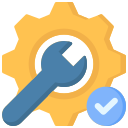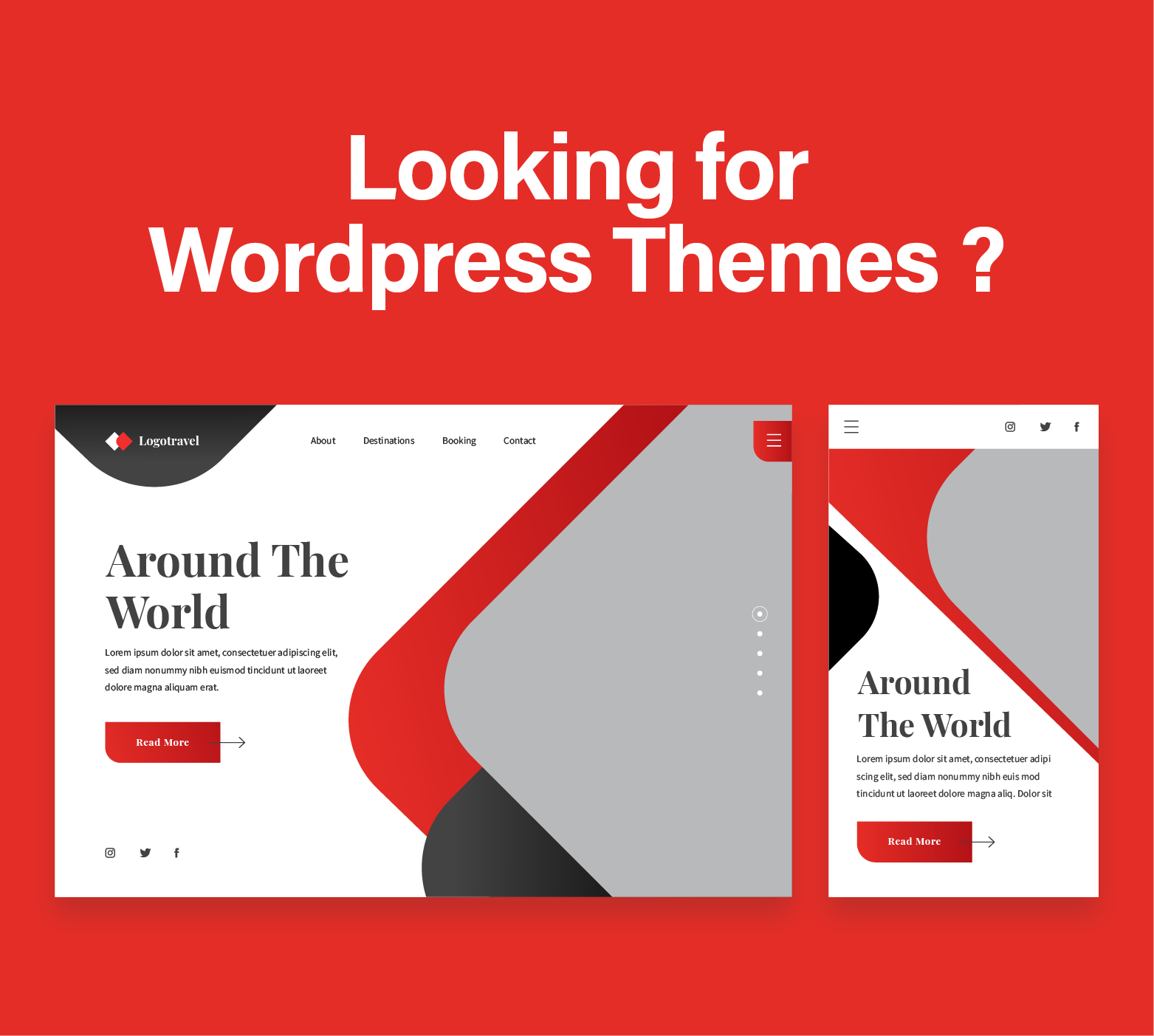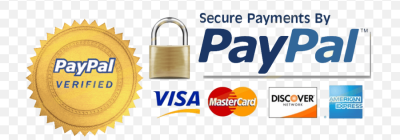In the world of creating innovative solutions, two crucial aspects—product development and product design—often get confused. While both play integral roles in bringing a product to market, they differ in their scope, focus, and responsibilities. In this guide, we’ll explore the differences between product development and product design, their overlaps, and why each is essential to creating a successful product.
This is more or less the same as the difference between web design and web development, and we have an article on that, so you can see whats different. But lets get on with the article right now.
What is Product Development?
Product development refers to the entire process of taking a product from an initial idea to the market. It includes every step from identifying customer needs and product conceptualization to engineering, testing, and launching the final product. Product development encompasses a broad range of tasks and requires collaboration between multiple departments, including marketing, engineering, finance, and sales.
The stages of product development typically include:
- Idea Generation
- Market Research and Validation
- Prototyping
- Engineering and Testing
- Manufacturing and Production
- Product Launch
- Post-launch Evaluation and Iteration
Product development is an ongoing process, especially in industries like software and technology, where updates and improvements are continually rolled out even after the product has been launched.
What is Product Design?
Product design is a more focused aspect of the product development process, specifically dealing with the conceptualization, aesthetics, functionality, and user experience (UX) of the product. Product design emphasizes how a product will look, feel, and perform from the user’s perspective.
Product designers typically work on:
- User Experience (UX) Design
- User Interface (UI) Design
- Industrial Design (for physical products)
- Interaction Design
- Usability Testing and Iteration
Where product development focuses on the broader business aspects and technical details, product design hones in on making sure the product is intuitive, user-friendly, and aligned with user expectations.
Key Differences Between Product Development and Product Design
While product development and product design are closely linked, the core differences lie in their scope and objectives. Here’s a breakdown:
| Aspect | Product Development | Product Design |
|---|---|---|
| Focus | End-to-end process of bringing a product to market, including business, engineering, and marketing aspects. | Creating the look, feel, and usability of the product, ensuring it provides a good user experience. |
| Involvement | Involves multiple departments like engineering, marketing, and finance. | Primarily involves designers, UX/UI experts, and sometimes engineers. |
| Timeline | Spans the entire lifecycle of a product, from ideation to post-launch. | Focused on the design phase and may extend into prototyping and testing. |
| Outcome | A fully developed, market-ready product. | A product that is user-centered, aesthetically appealing, and functional. |
How Product Development and Product Design Work Together
Though product development and product design have distinct roles, they work in tandem to create a successful product. Product design feeds into product development by providing user insights, mockups, and prototypes that serve as a foundation for the development team. Meanwhile, the product development team ensures that the designs are feasible, scalable, and aligned with market demands and business goals.
Collaboration between designers, engineers, and marketers is essential to ensure that the product both meets the business requirements and delivers a great user experience. Frequent feedback loops, usability testing, and iteration are important elements where these two areas converge.
Why Both are Essential for Success
A well-developed product without strong design principles can fail to capture the interest or satisfaction of users. Similarly, a beautifully designed product that lacks robust development won’t perform well in the market. Balancing the technical feasibility with user-friendly design is what creates products that are both functional and desirable.
In industries like tech, SaaS, and e-commerce, the synergy between product development and product design is critical. Great products need both strategic thinking and attention to detail in the user experience. As products become more complex, the lines between development and design continue to blur, making collaboration between these two domains more important than ever.
Conclusion
In summary, product development and product design are two sides of the same coin. While product development takes a holistic approach to building and launching a product, product design focuses on creating an engaging, user-friendly experience. Both are vital to the success of any product, and understanding their differences helps ensure that your team can effectively collaborate to build something truly remarkable.
Whether you’re designing a physical product or developing a software solution, aligning your product development and product design teams is key to creating products that not only meet business goals but also delight users.
If you need to develop a saas or an MVP or anything related, we stay at your disposal for product building and designing, which are included in our MVP development services.








